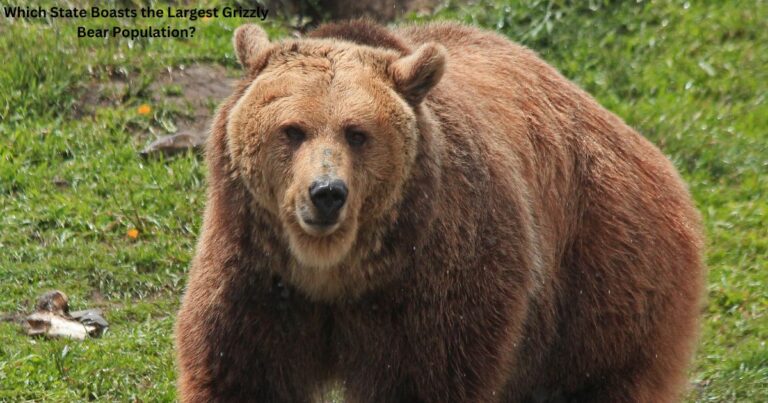
Introduction
Chimpanzees are one of the most fascinating species in the animal kingdom. Sharing nearly 98.7% of their DNA with humans, they are our closest living relatives. Found mainly in the forests and savannahs of Africa, chimpanzees have captivated scientists, researchers, and nature enthusiasts for decades. From their social structures to their unique behaviors, these intelligent primates offer a glimpse into the evolutionary connections between humans and animals.
Physical Characteristics and Habitat
Chimpanzees have a robust build, with long arms that help them swing through trees with ease. Adult males can weigh between 90 and 120 pounds, while females are slightly smaller. Their dark fur covers most of their body, except for their faces, palms, and soles, which are bare and often light-colored.
They inhabit tropical rainforests, woodlands, and savannahs across central and western Africa. Countries like Uganda, Congo, and Gabon are known for having significant chimpanzee populations. They rely on these environments for food, shelter, and social interaction.
Social Structure and Communication
Chimpanzees are highly social animals, living in communities that can range from 20 to over 100 individuals. These groups are led by a dominant male, known as the alpha, who establishes his position through displays of strength and social alliances.
Chimpanzees communicate using a variety of vocalizations, facial expressions, and gestures. From loud hoots to subtle hand movements, their communication methods show advanced intelligence and emotional depth. Grooming also plays a crucial role in maintaining social bonds and resolving conflicts within the group.
Diet and Feeding Habits
Chimpanzees are omnivores, meaning they eat both plants and animals. Their diet primarily consists of fruits, leaves, seeds, and nuts. They are also known to hunt small mammals and insects, showcasing their strategic thinking and cooperative skills. In some regions, chimpanzees have been observed using tools, such as sticks, to extract termites from mounds or to crack open nuts.
Intelligence and Tool Use
One of the most remarkable traits of chimpanzees is their intelligence. They can solve complex problems, exhibit memory skills, and even show signs of self-awareness. Tool use is a testament to their cognitive abilities. For example, they have been seen crafting spears from branches to hunt small animals and using leaves as sponges to collect water.
Research has shown that chimpanzees can learn basic sign language and understand symbolic representation, further proving their advanced mental capabilities.
Threats and Conservation Efforts
Despite their resilience, chimpanzees face numerous threats in the wild. Habitat destruction due to deforestation and agriculture is a significant concern. They are also hunted for bushmeat and captured for the illegal pet trade.
Conservation organizations and local governments are working to protect chimpanzee habitats and enforce anti-poaching laws. Sanctuaries and wildlife reserves provide safe spaces for rescued individuals, ensuring that this incredible species can thrive for generations to come.
Interesting Facts About Chimpanzees
- Chimpanzees can recognize themselves in mirrors, a trait shared with only a few other species, including humans and dolphins.
- They use medicinal plants to treat ailments, showcasing their knowledge of natural remedies.
- A chimpanzee’s lifespan in the wild is around 40 to 50 years, but they can live longer in captivity.
- They have unique cultural behaviors, with different groups using tools and techniques that are passed down through generations.
- Chimpanzees have been observed showing empathy, grief, and even a sense of humor, highlighting their emotional complexity.
FAQs About Chimpanzees
How closely related are chimpanzees to humans?
Chimpanzees share approximately 98.7% of their DNA with humans, making them our closest living relatives.
Where do chimpanzees live?
They are found in the forests and savannahs of central and western Africa.
What do chimpanzees eat?
Chimpanzees are omnivores, consuming fruits, nuts, seeds, leaves, and occasionally small animals and insects.
How do chimpanzees communicate?
They use a combination of vocalizations, gestures, facial expressions, and grooming to communicate.
Why are chimpanzees endangered?
Chimpanzees face threats from habitat loss, poaching, and disease, leading to a decline in their populations.
Conclusion
Chimpanzees are remarkable creatures with behaviors and traits that continue to amaze scientists and animal lovers alike. Their intelligence, social structures, and emotional depth provide insights into the shared evolutionary history between humans and primates. Protecting these incredible animals is not only vital for biodiversity but also for understanding ourselves. By supporting conservation efforts, we can ensure that future generations will also have the opportunity to learn from and admire chimpanzees in their natural habitats.







